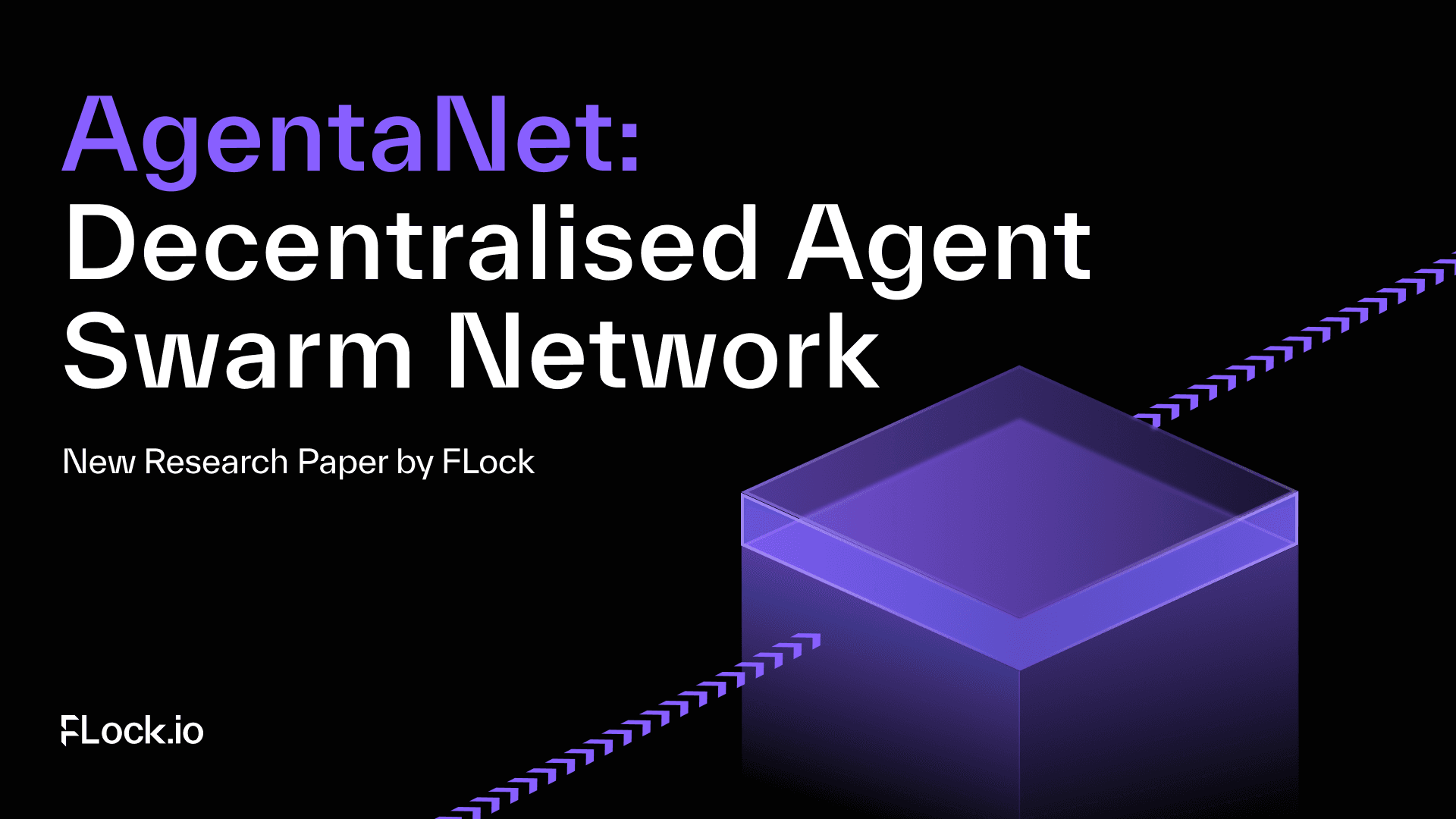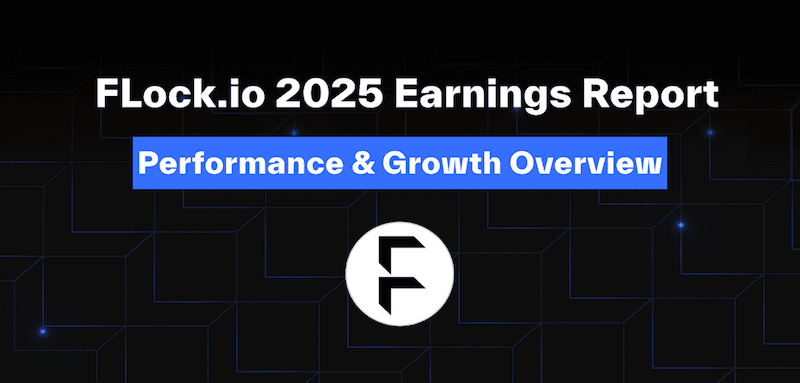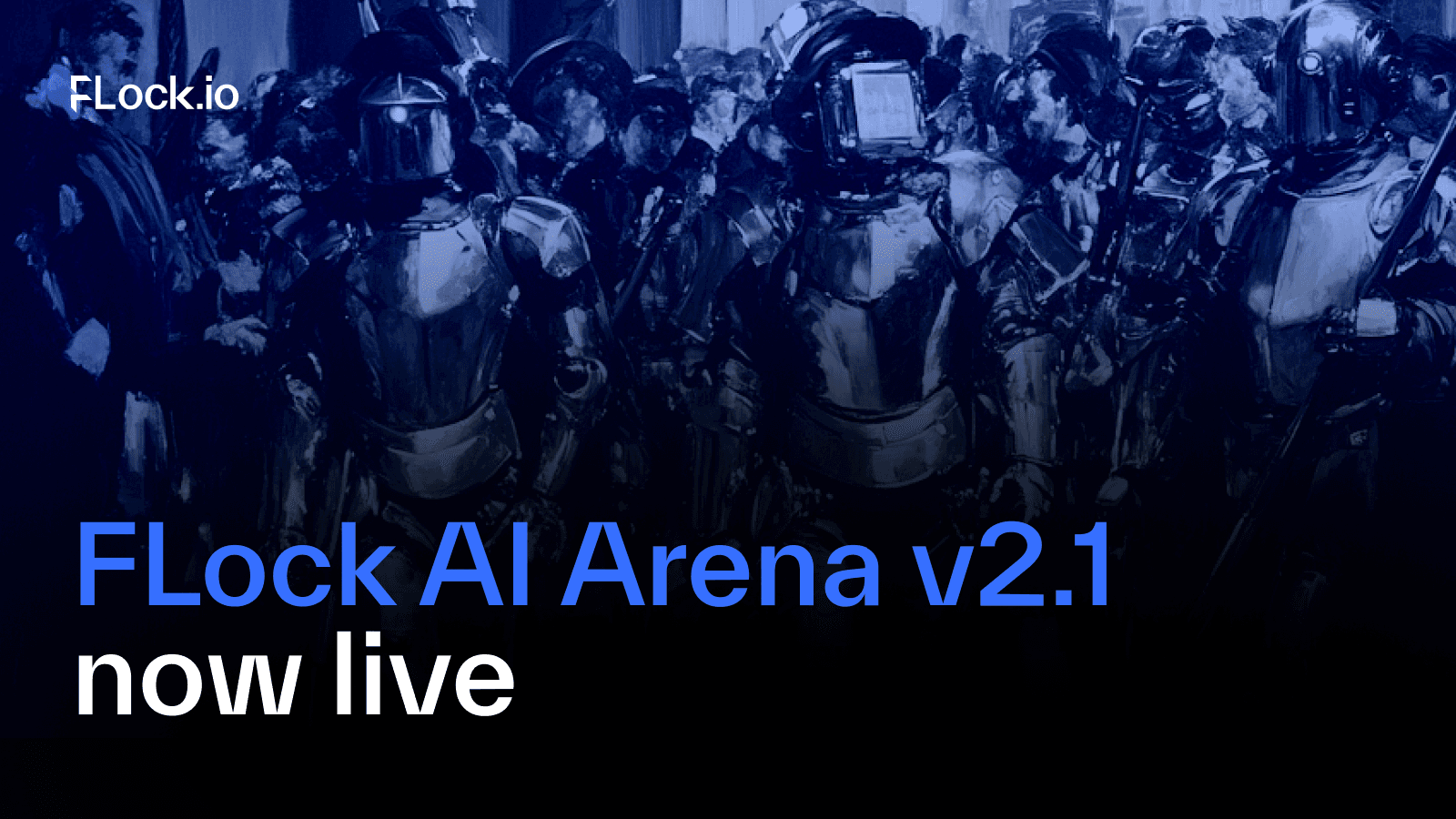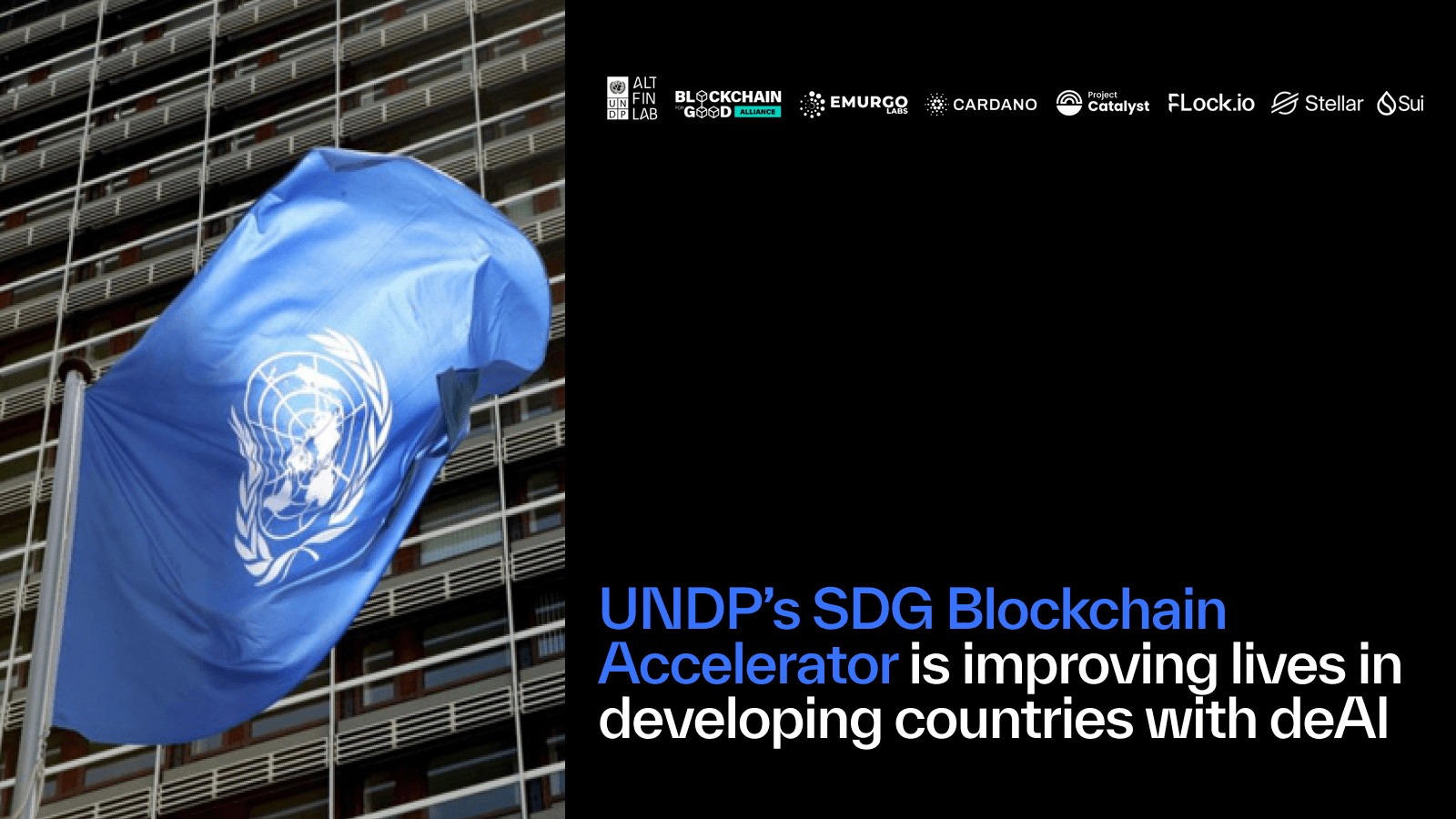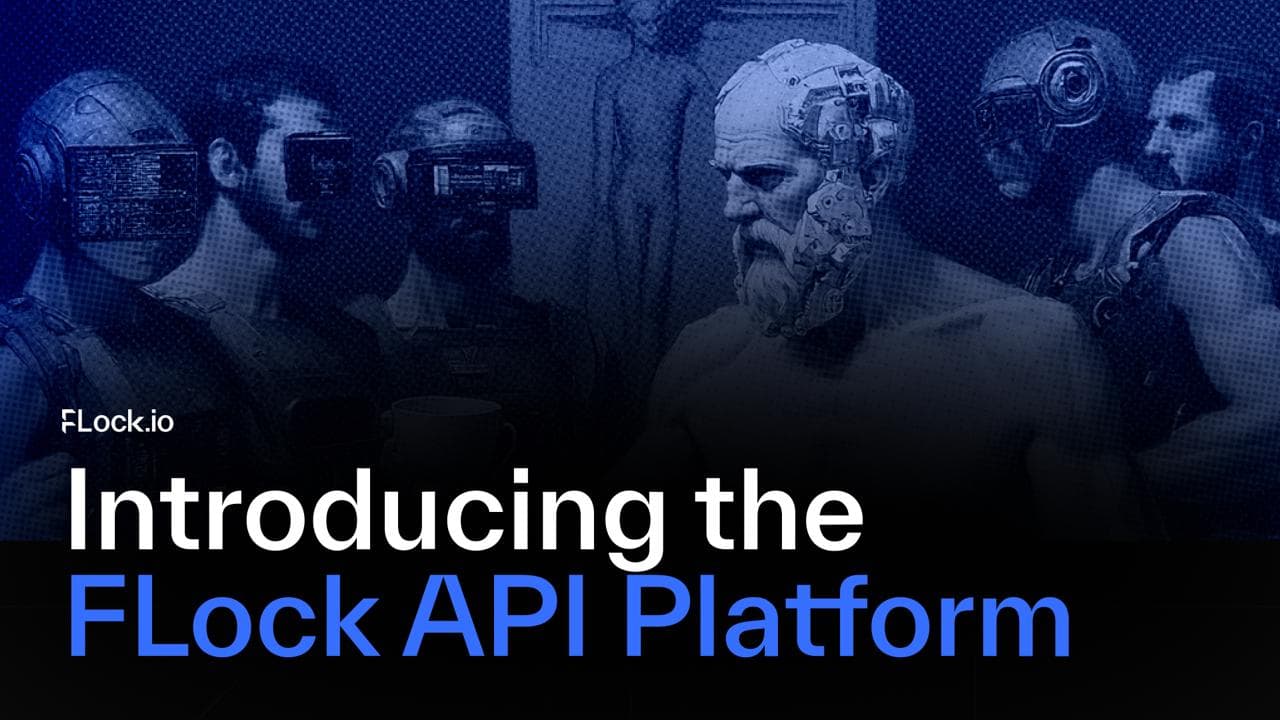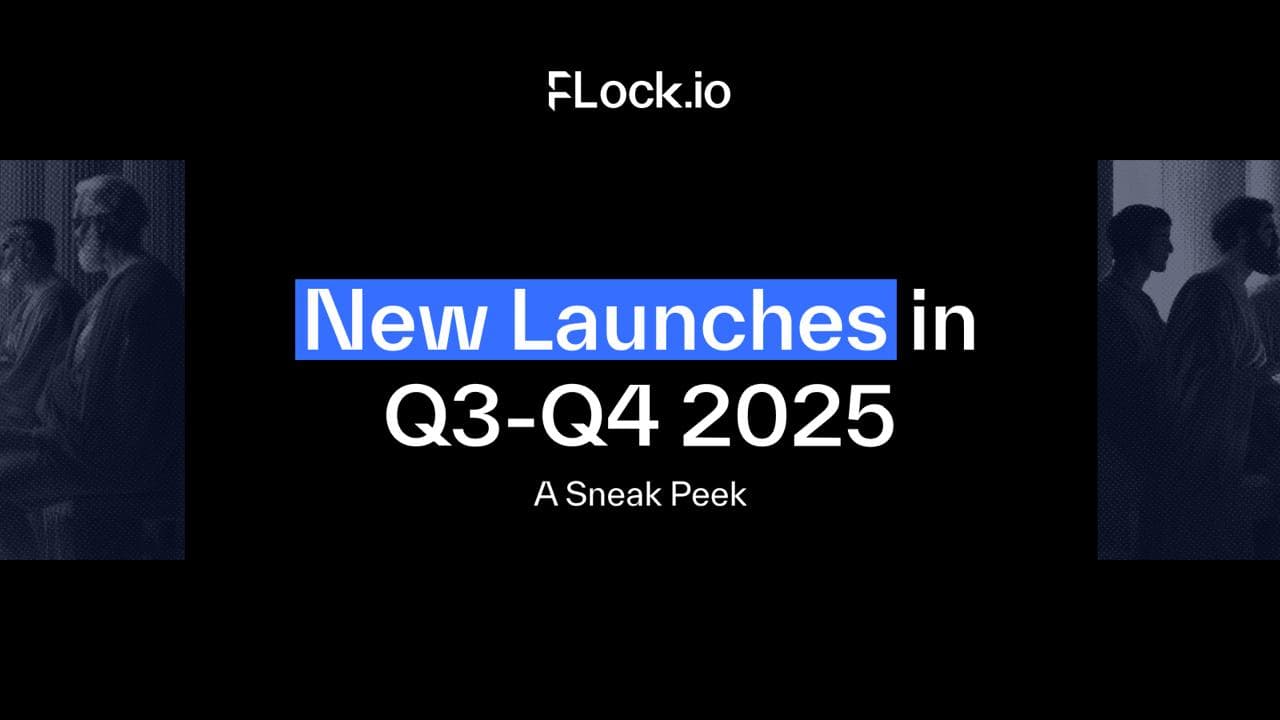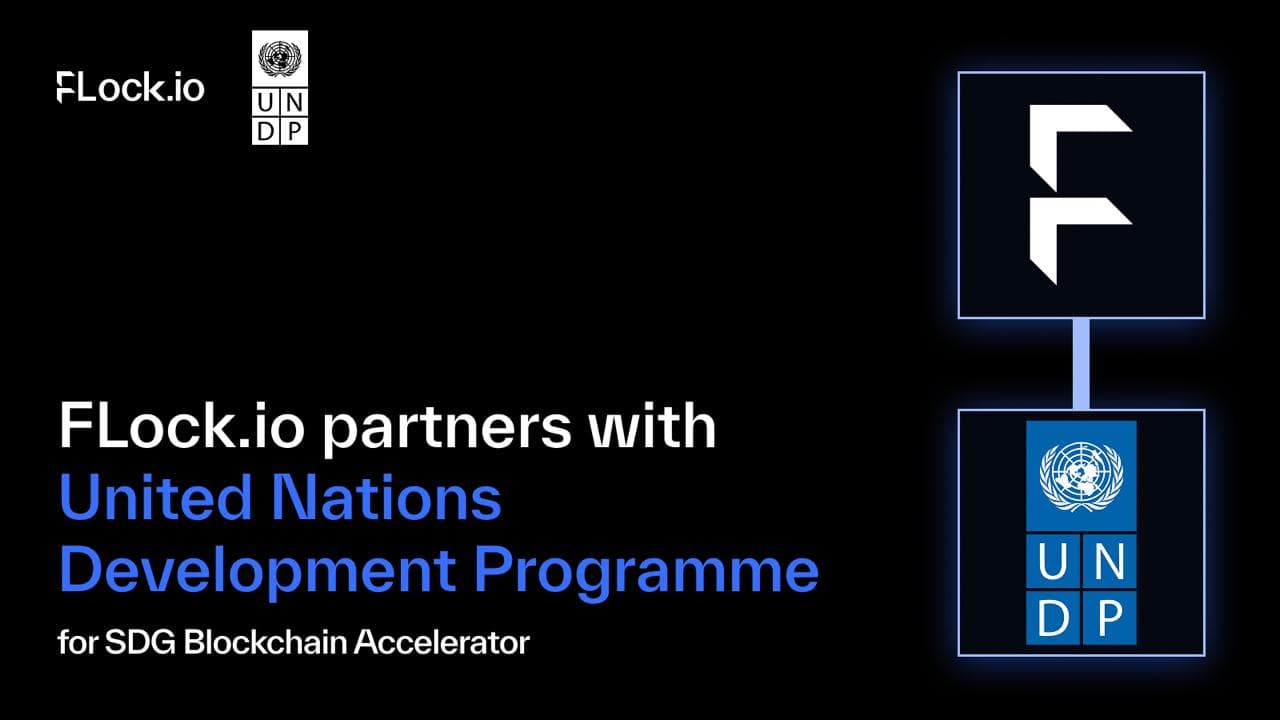AI agents are getting faster, smarter and more autonomous. The problem is that they mostly work alone.
What they really need is a decentralised “swarm architecture”. That is, a system design where AI agents can work together like a swarm of insects, autonomously and yet with coordination.
FLock has just released a new paper, laying out the vision of AgentaNet. It’s titled “How to fully unleash the productivity of Agentic AI? Decentralized Agent Swarm Network” by Rui Sun, Zhipeng Wang, Jiahao Sun and Rajiv Ranjan.
The problem: AI agents are acting in isolation
As things stand, AI agents are getting faster, smarter and more autonomous. The problem is that they mostly work alone.
Recent advances in multi-agent systems, such as Agora, AgentNet and IoA, highlight a growing interest in enabling autonomous collaboration among AI agents.
But most still assume centralised orchestration, static workflows or closed-agent populations with predefined roles. There are a few key limitations:
- Lack of interoperability standards, hindering cross-system agent discovery
- Missing secure and contextual communication protocols, limiting private, task-specific exchange
- Limited support for semantic compression, reducing efficiency in shared-model communication
- No trustworthy agent onboarding mechanisms, preventing decentralised profiling and verification
What they are crying out for is a decentralised “swarm architecture”. That is, a system design where AI agents can work together like a swarm of insects, autonomously and yet with coordination.
Introducing AgentaNet, the next frontier of agentic AI
The core thesis is: stop building better agents in isolation. Instead, start designing systems where they can discover each other, collaborate securely, and co-evolve over time.
The next frontier of agentic AI lies in building the infrastructural foundations that enable large-scale, decentralised, and secure collaboration among intelligent agents.
AgentaNet offers a vision for such an ecosystem, one where agents are autonomous yet discoverable, private yet communicative, and self-directed yet economically incentivised.
Rather than improving agents in isolation, we call for rethinking how agents organise, coordinate, and co-evolve as part of a global swarm.
This blog runs through a handful of the key aspects – but continue reading the paper for the full picture of the features, limitations and future directions.
Feature 1: trustworthy profiling and communication
Firstly, in a world of DeAI agents, you need structure, connection and encryption between. AgentNet achieves this with:
- Virtual and physical agent integration
- Verifiable agent profiles through benchmarking
- Privacy-preserving communication with negotiated encryption languages
- Semantically efficient coordination
AgentaNet connects agentic nodes (ANs). Agents share what they can do, and then those claims are verified through standardised benchmarking tasks instead of relying on self-declared metadata.
Once verified, agents enter the swarm by broadcasting, or “gossiping”, structured capability metadata through a decentralised gossip protocol. It’s inspired by P2P overlays like ethereum.
Inter-agent messages are encrypted, short-lived, and scoped to the task at hand. This means they are human-unreadable and highly sensitive data remains local. Encrypted metadata is exchanged only within these temporary channels.
Once collaboration concludes, whether due to task completion or non-selection, all communication artifacts are discarded. This means there are no permanent records, and once the job’s done the channel gets wiped.
Next, we want to begin research into agent ability self-awareness, cross-agent semantic alignment and reputation-grounded agent bootstrapping, to name a few.
Feature 2: decentralised task management and coordination
At present, limitations with existing distributed frameworks persist. For example, there are limited task initiation modalities, with little support for agent-initiated or long-term autonomous tasks; no decentralised negotiation mechanism, as coordination often relies on centralized or static assignment strategies; rigid execution structures, lacking support for composable horizontal and vertical workflows; and insufficient execution safeguards, with minimal use of verifiable contracts, runtime constraints, or peer auditing to ensure alignment.
AgentaNet addresses these gaps through a task-centric architecture supporting open initiation, distributed planning, compositional workflows, and built-in coordination guardrails.
The system has decentralised task management and coordination, with the following features:
- Task-oriented agentic node architecture
- Mandated and spontaneous task modalities
- Decentralised task negotiation and allocation
- Flexible task execution patterns
- Guardrails for safe and aligned execution
- Execution patterns and guardrails
Each agent has roles: organiser, coordinator and executor. The organiser parses tasks, manages cross-node interactions, and delegates to the coordinator, who orchestrates internal workflows and mobilises executors. This modular design enables local autonomy and global composability across agent swarms.
Whether a task is mandated or spontaneous, the system is designed to stay dynamic, distributed and aligned. Guardrails like smart contracts, embedded constraints and peer audits keep rogue agents from going off-script. These guardrails protect against misaligned behavior and uphold collaborative norms.
Feature 3: incentive mechanism for agent participation and contribution
AgentaNet needs well-designed incentives to reward good behaviour and contributions, mitigate malicious behavior, and encourage long-term engagement. We propose:
- Proof of agent
- Staking mechanisms
- Task bidding and allocation
- Reward and slash mechanisms
Most existing multi-agent and federated learning (FL) systems rely on a centralised server, have inadequate verification of agent autonomy, lack robust identity verification, and lack incentive mechanisms.
AgentaNet on the other hand efficiently allocates tasks across agents, ensures that only legitimate and autonomous agents participate and has built-in karma.
Find out more by reading our research paper!
The next frontier of agentic AI lies in building the infrastructural foundations that enable large-scale, decentralised, and secure collaboration among intelligent agents. AgentaNet offers a vision for such an ecosystem, one where agents are autonomous yet discoverable, private yet communicative, and self-directed yet economically incentivised.
Continue reading the paper for the full picture of the features, limitations and future research directions.
About FLock.io
FLock.io is the first DeAI training platform, combining FL and blockchain to revolutionise AI development. It enables secure, privacy-preserving training without centralising data, allowing communities to collaboratively create, train, and own AI models.
Our ecosystem includes:
- AI Arena: A competitive playground for model training.
- FL Alliance: A collaboration framework that balances model improvement with data sovereignty.
- Moonbase: A reward layer to incentivise contributions.
